Consisting of a long sea coast that extends over nearly 3,260 kilometres, Vietnam offers great biodiversity. This top 10 birds show you some of the country's richness.
Oriental Scops-Owl
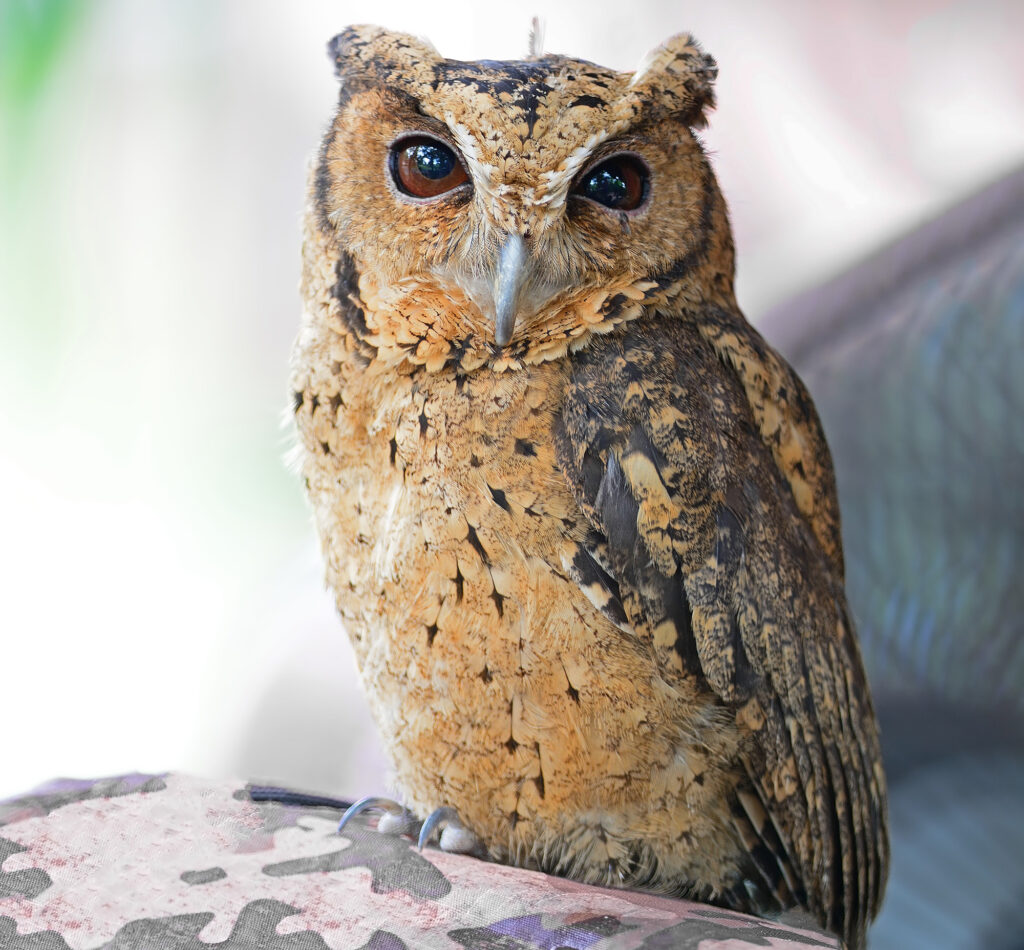
Oriental Scops-Owl (Otus sunia) is a species of bird in the Strigidae family. This nocturnal raptor measures 17 to 21 cm and weighs 75 to 95 g. Eastern Screech-Owl frequents open or semi-open wooded areas, parks, savannas with sparse trees, tree galleries along watercourses. In general, it hunts at the edge of wooded areas or in open areas. Insects and spiders are its favourite prey. Its menu is complemented by small vertebrates caught on the ground. On the other hand, spiders and insects are caught in trees and bushes. He lives in south-east Asia.
To see the extraordinary diversity of the world’s birds on video, it’s here:
Black-capped Kingfisher
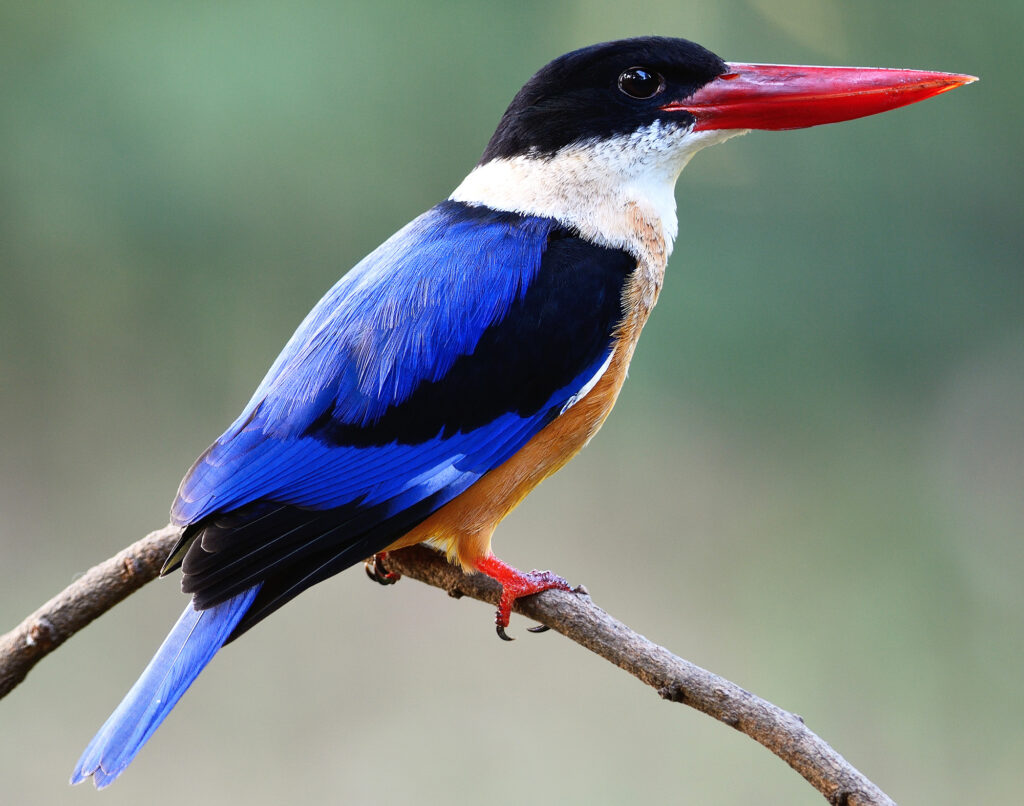
Black-capped Kingfisher (Halcyon pileata) is a species of bird in the Alcedinidae family. This kingfisher is present in south-east Asia and India. The bird is migratory north of its range (China, Korea) and sedentary elsewhere. It is a medium-sized kingfisher, with 28 cm in length. This bird lives near water, especially in mangroves, where it dives to catch small fish. It also consumes large insects.
Chestnut-headed Bee-eater
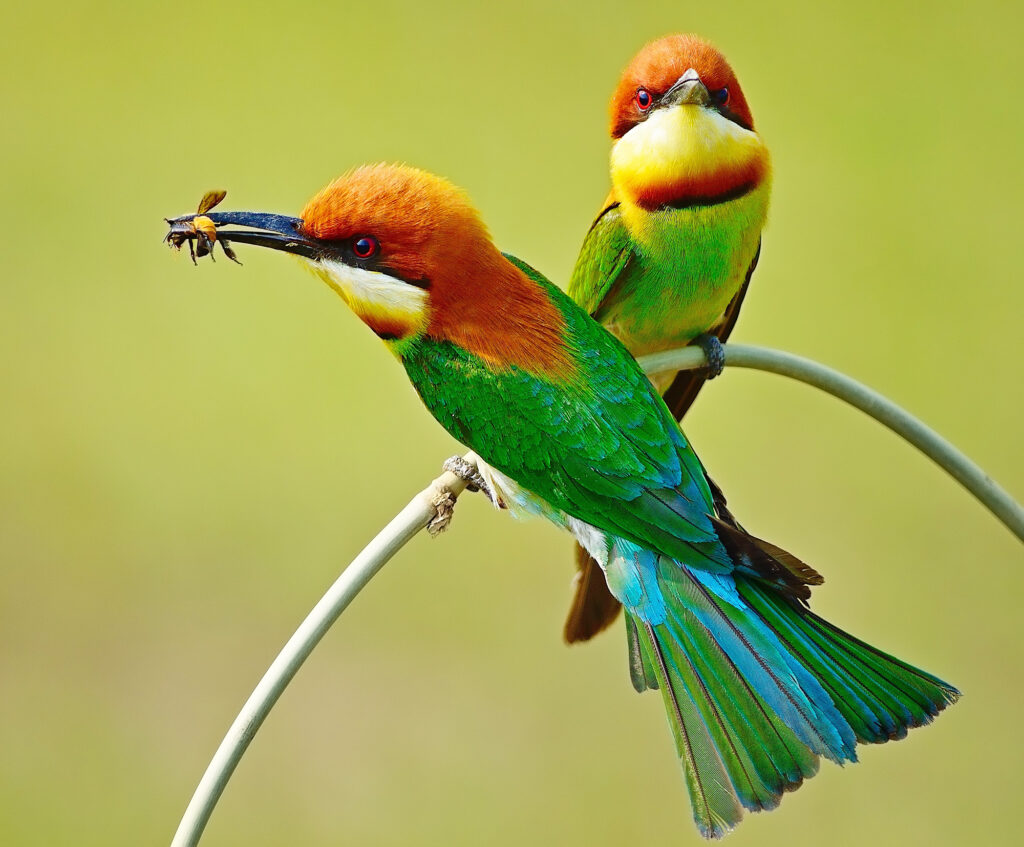
The Chestnut-headed Bee-eater (Merops leschenaulti), also called bay-headed bee-eater, belongs to the Meropidae family. Measuring 18 to 20 cm, it has the habit of watching its prey (insects) from a perch before rushing to capture them, mainly in flight. The scientific name of this bird commemorates the French botanist and ornithologist Jean-Baptiste Leschenault de La Tour (1773-1826). It is a bird that likes open woodland, often near water.
It nests in colonies of 10 to 100 pairs and digs a deep nest in loose soil.
Wreathed Hornbill
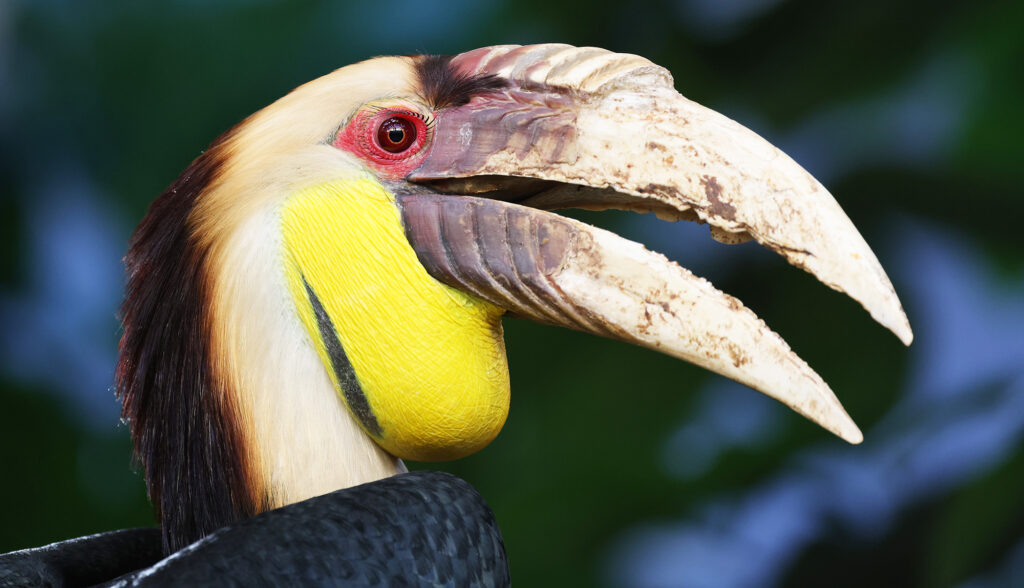
Wreathed Hornbill (Rhyticeros undulatus) is a species of bird in the Bucerotidae family. This hornbill in evergreen primary rainforests. It can be found in the plain, but also in the mountains at altitudes of more than 1600 m. It is imposing with a length of 70 to 100 cm. This bird usually spends the night in a group on a large tree, often in the same place. It is frugivorous and sometimes supplements its diet with small animals. Its range extends from Bhutan to Indonesia, including Thailand (see the top 10 birds of Thailand) and Cambodia (see the top 10 birds of Cambodia).
Hooded Pitta
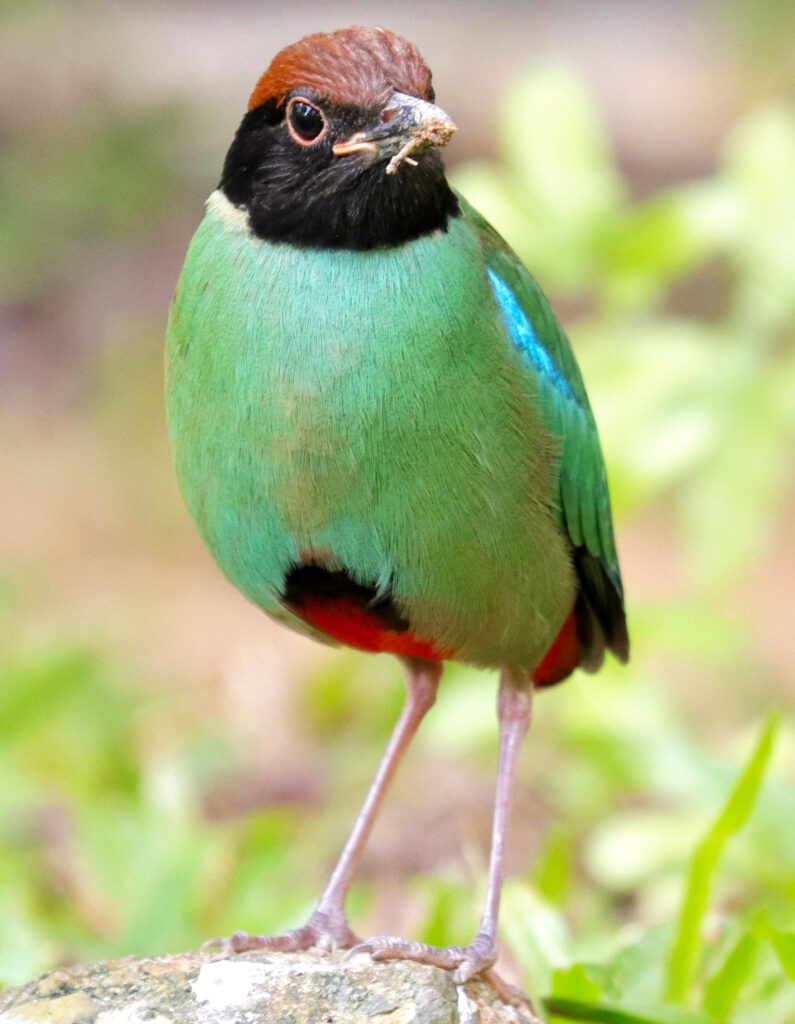
Hooded Pitta (Pitta sordida) is a species of bird in the Pittidae family. It is a bird of south-east Asia with shimmering colours. It measures 16 to 19 cm for a weight of 40 to 70 g. Insects, hunted on the ground, are its main food. It is a very territorial bird, which does not like intruders.
Long-tailed Shrike
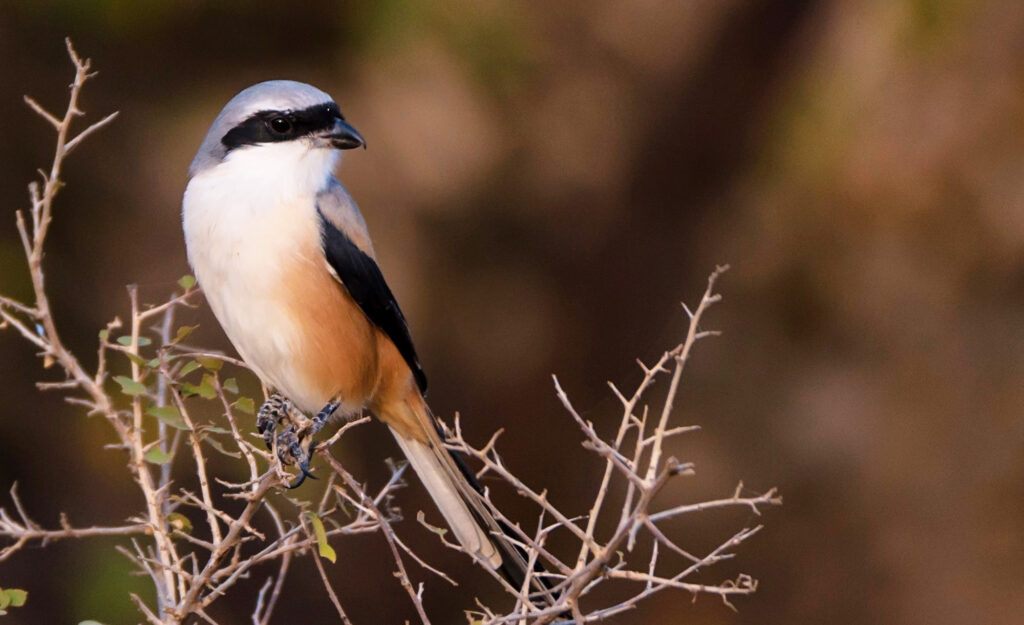
The long-tailed shrike or rufous-backed shrike (Lanius schach) is a member of the family Laniidae. This bird is widely distributed in southern Asia, where several subspecies have been described. This species lives in tropical climates, usually at the edge of the forest, in places covered with bushes or next to plantations, in clearings, gardens and roadsides. The pair builds in a thorn bush or an acacia, at a height of 2 or 3 m, a nest of twigs and stubble lined with roots and grasses. Perched, often at the top of a bush, this shrike observes to find preys. These are regularly lizards, but also insects, rodents and even other small birds.
Olive-backed Sunbird
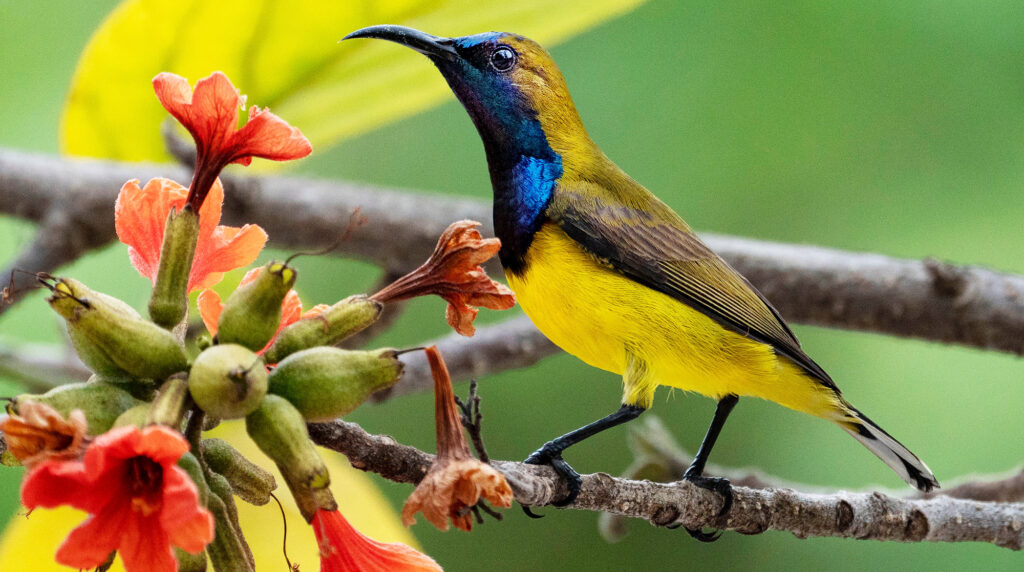
The olive-backed sunbird (Cinnyris jugularis), also known as the yellow-bellied sunbird, is a species of bird living from Burma to northeastern Australia. It is a small bird, only 12 cm. In both sexes, the belly is a showy yellow and the back olive green. In the male, the forehead, the neck and the upper part of the belly are dark blue with metallic reflections. Gorgeous ! Naturally, it lives in the mangroves, but has also been able to adapt to more urban environments. Like other sunbirds, it feeds mainly on nectar.
Fire-breasted Flowerpecker
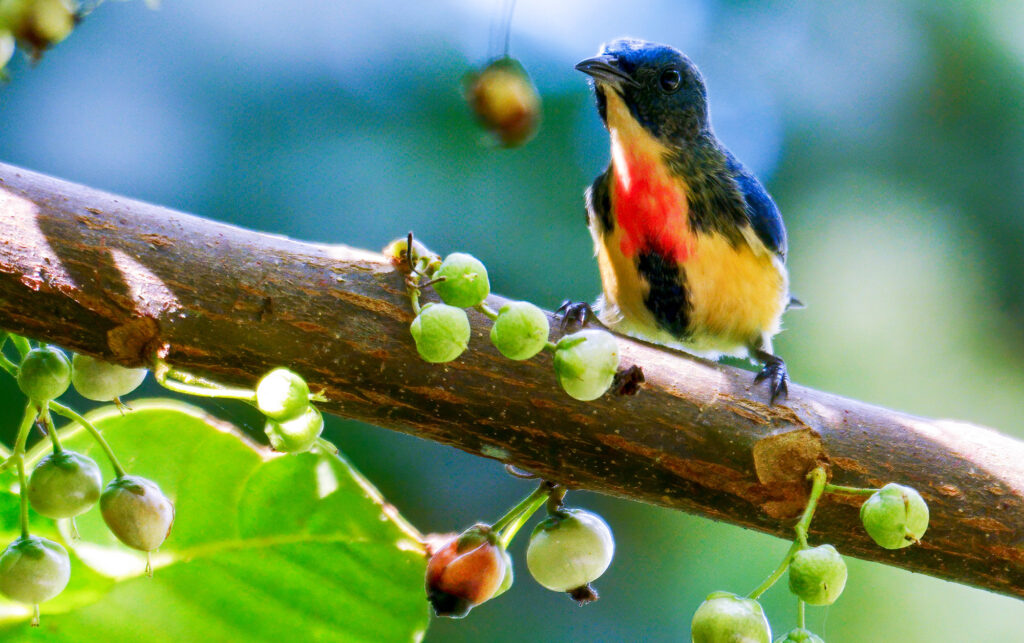
Fire-breasted Flowerpecker (Dicaeum ignipectus) is a species of bird placed in the Dicaeidae family. Its coloration is original, especially in the male, like an abstract painting. It is a very small bird, being only 7 cm long. It is found widely distributed along the sub-Himalayan region in India, Nepal, Bhutan, Bangladesh, and south-east Asia to China, Indonesia, Laos, Thailand, Vietnam, Taiwan, Malaysia, and the Philippines. Its natural habitats are temperate forests, humid subtropical or tropical lowland forests and humid subtropical or tropical montane forests.
Asian Emerald Dove
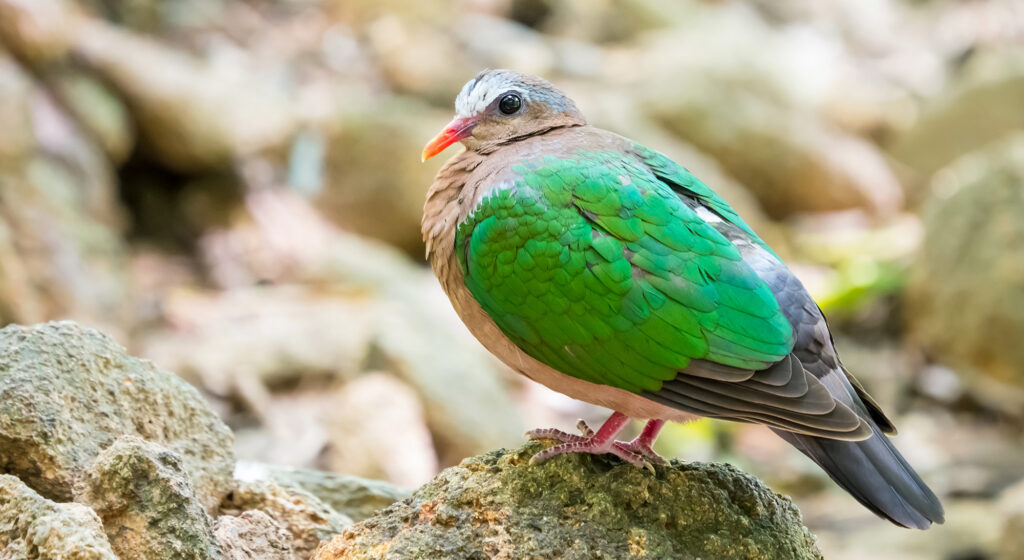
Asian Emerald Dove (Chalcophaps indica), also called common emerald dove and grey-capped emerald dove, is a widespread pigeon. It lives in the wild from Pakistan to eastern Indonesia (see the top 10 birds of Indonesia). It measures 23 to 28 centimeters in length for a mass of 110 to 160 g. The male is distinguished from the female by the presence of white on the edge of the shoulders and grey on the head. It is a common species at low altitudes in dense and humid tropical forest as well as in farms, gardens, rubber and coconut plantations, and also in regenerating plots, scrub, gallery forest, mangroves and moors. Unlike other pigeons, he spends a lot of time on the ground and is relatively fearless. It feeds on various seeds and fruits. Sometimes molluscs, insects and earthworms are also on his menu.
Hainan Blue Flycatcher
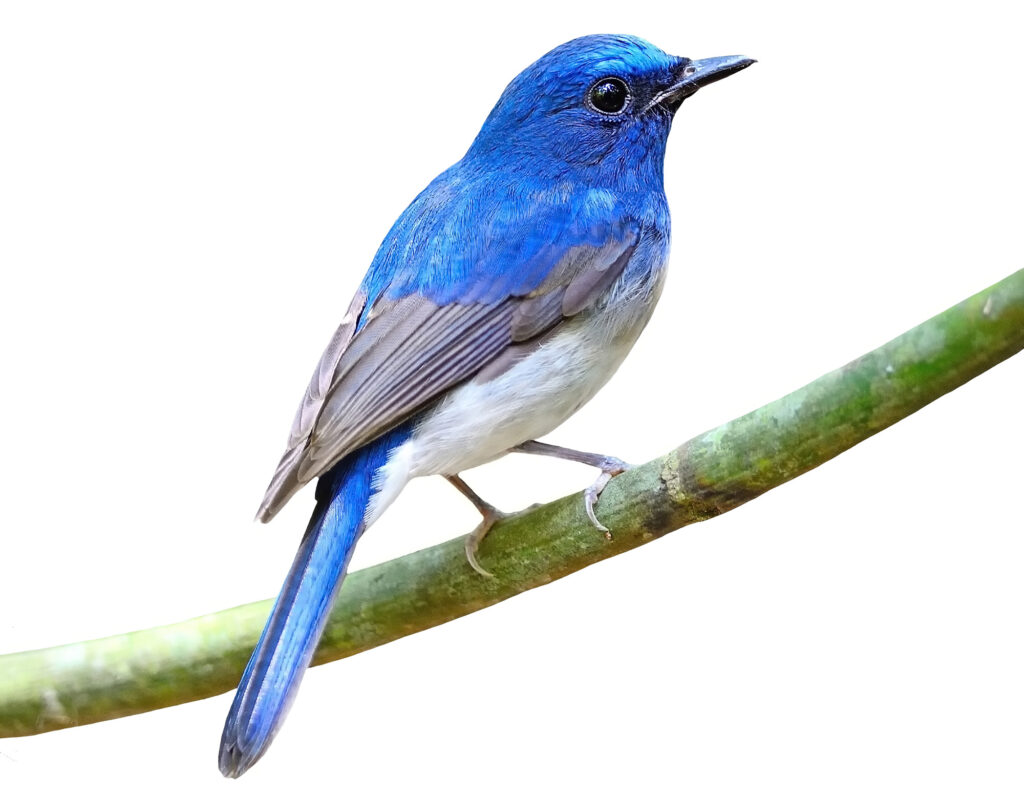
Hainan Blue Flycatcher (Cyornis hainanus) is a species in the family Muscicapidae. This bird lives in Cambodia, China, Laos, Burma, Thailand and Vietnam, mainly in tropical and subtropical humid forests. The male has a bright blue all over the upper body, while the female’s brown plumage is much more muted.

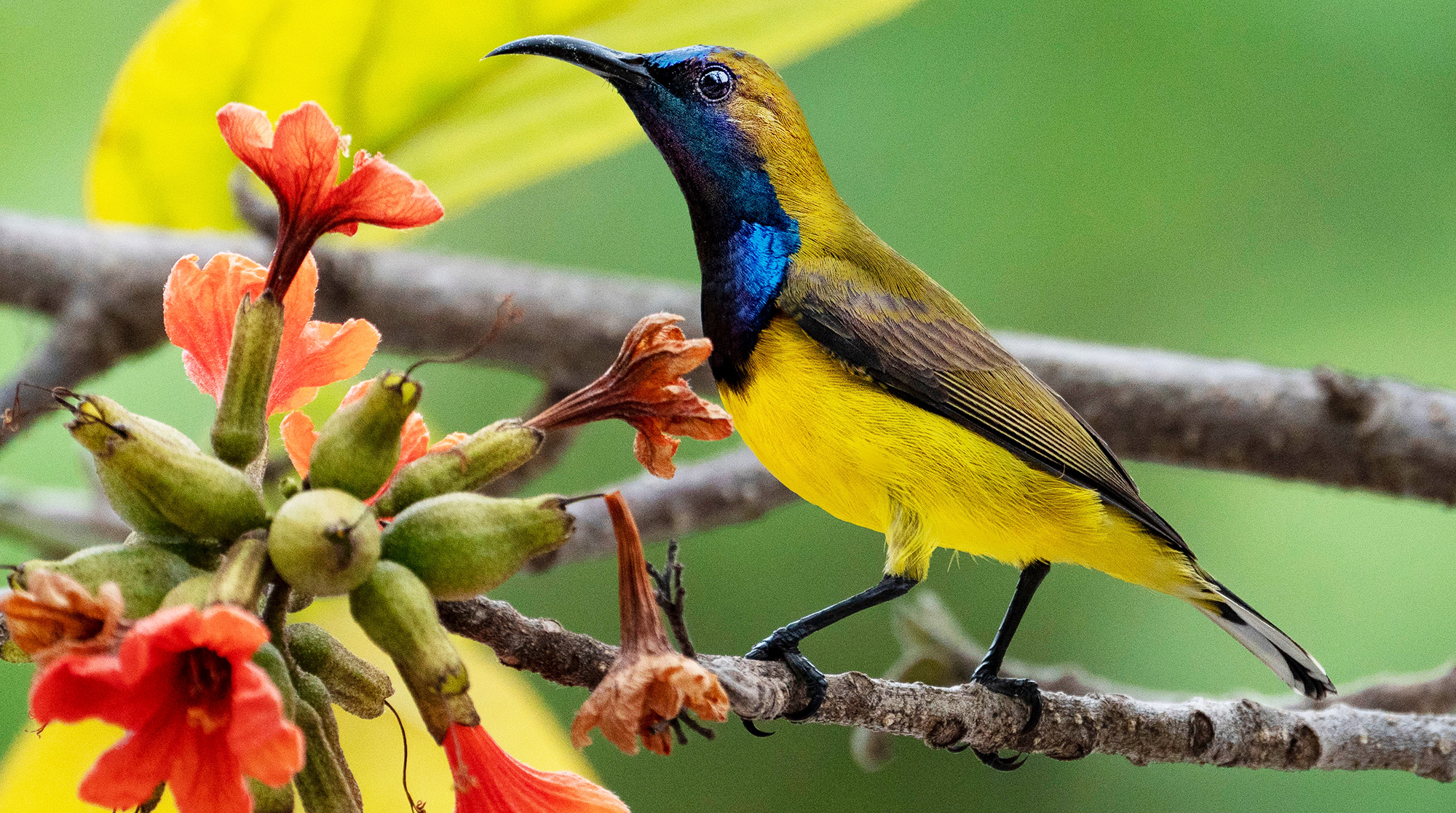
Leave a Reply